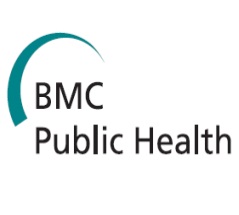Background
One-lung ventilation (OLV) during thoracic surgery can rapidly result in impaired systemic oxygenation. The grade of hypoxemia during OLV is mainly influenced by an increase in shunt and dead space. Hypoxic pulmonary vasoconstriction (HPV) is a physiological protective mechanism that diverts pulmonary perfusion from the non-ventilated to the ventilated area of the lung, thereby decreasing the shunt of unsaturated blood and ameliorating the degree of hypoxemia. This physiologic modulation is influenced by numerous factors such as various drugs, temperature, acid– base status, airway pressure, patient position, and cardiac output [1]. In numerous animal studies and in studies of isolated lungs, HPV has been shown to be modulated by volatile anesthetics [1–5]. However, human studies have yielded inconsistent results regarding the effects of different anesthetics on systemic oxygenation during OLV [6–10]. Moreover, the effects of desflurane-remifentanil balanced anesthesia have not been evaluated in a clinical study. Most halogenated inhaled anesthetics are characterized by its dose-dependent systemic vasodilatory effect [11–14]. We hypothesized that the vasodilatory effect of desflurane may affect any protective role of HPV, thus impair oxygenation during OLV, even when it is used as a balanced anesthesia, compared with total intravenous anesthesia (TIVA). To evaluate this hypothesis, we compared the effects of two commonly used modern anesthetics, desflurane and propofol, with concomitant remifentanil continuous infusion in both arms, on systemic oxygenation during OLV for video-assisted thoracoscopic surgery.








